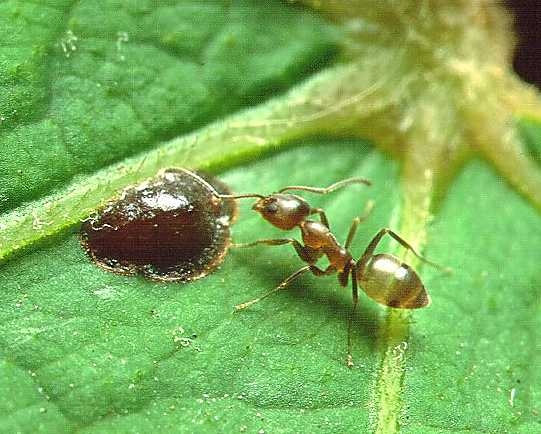Facts About Argentine ant
The Argentine ant, initially named Iridomyrmex humilis, originates from northern Argentina, Uruguay, Paraguay, Bolivia, and southern Brazil. Due to human activity, this small insect has spread extensively, becoming a notorious invader in many regions globally. These ants are incredibly adaptable and can establish colonies almost anywhere, from private gardens to natural reserves and bustling urban areas.
First described by Austrian entomologist Gustav L. Mayr in Buenos Aires in 1866, Argentine ants have a unique tendency to form supercolonies. Unlike other ant species, different nests of Argentine ants do not engage in conflict with one another, allowing them to unite and create enormous colonies that can cover vast areas and contain millions, if not trillions, of ants.
These supercolonies pose severe threats to local ecosystems. They outcompete native ants, endanger other small organisms, and disrupt natural processes. Furthermore, they protect pests such as aphids and mealybugs, which can devastate crops.
Controlling these ants is challenging. Effective methods include using non-toxic materials like diatomaceous earth, baits made from borate-sucrose solution, and slow-acting poisons. Scientists are also developing innovative strategies, such as utilizing synthetic pheromones to confuse the ants or crafting substances that exploit their social behavior.

 Canada
Canada